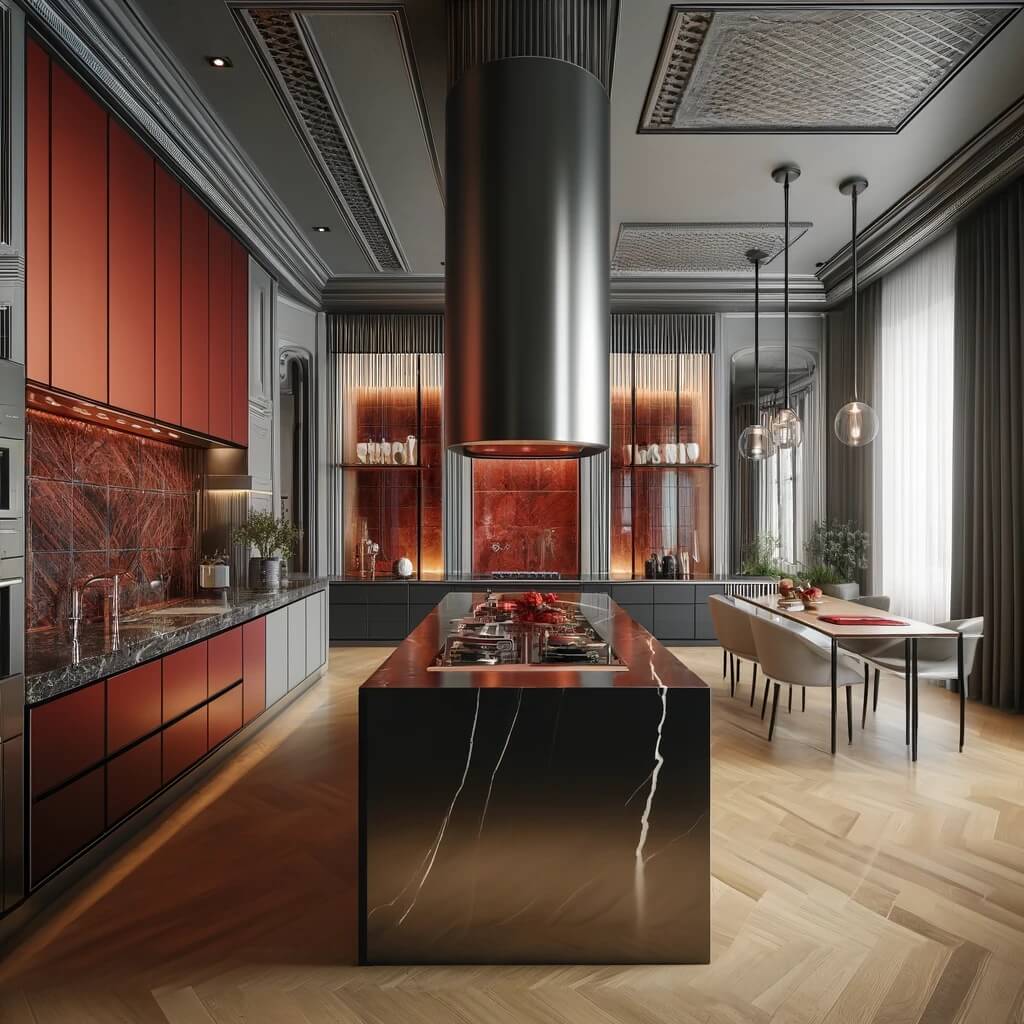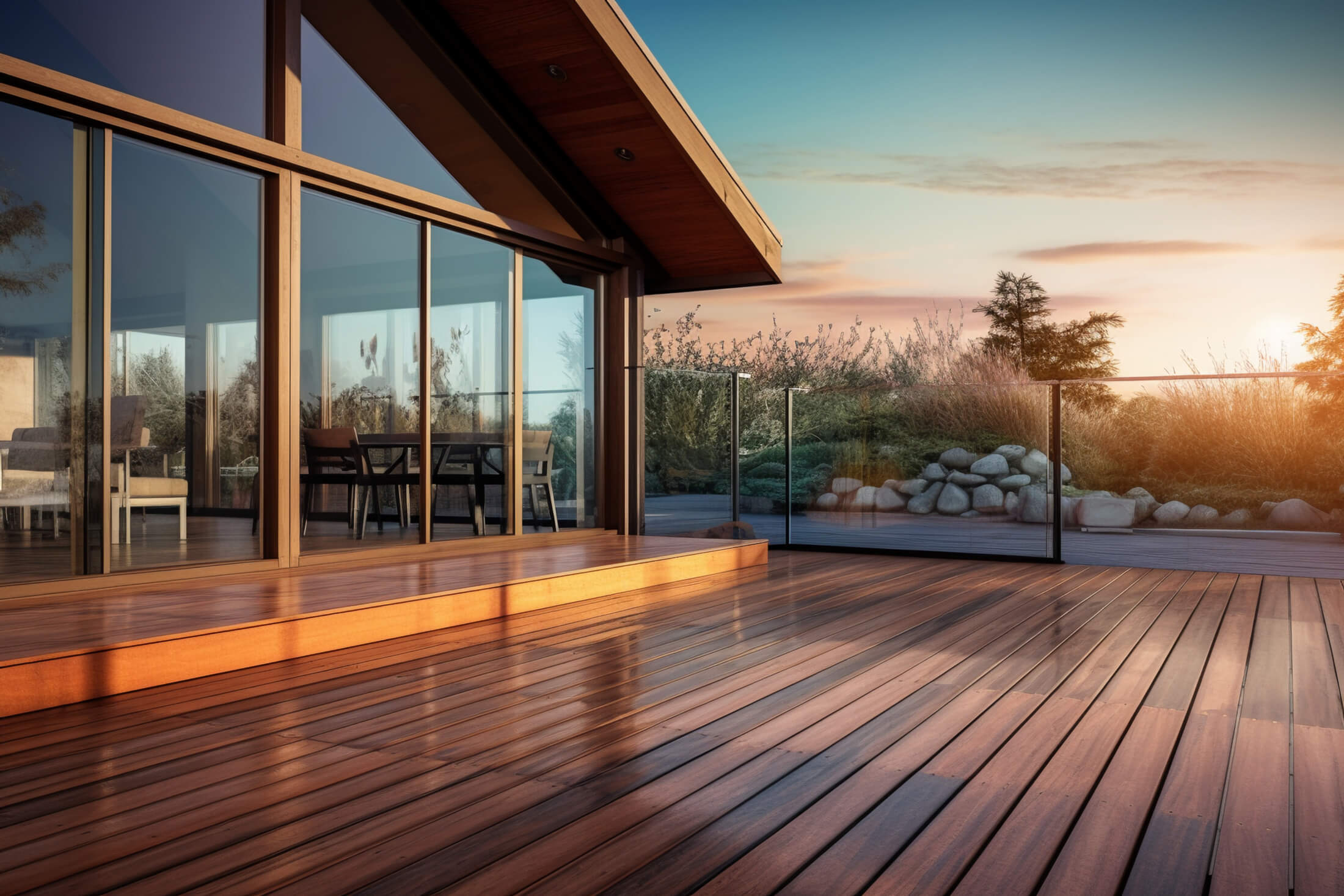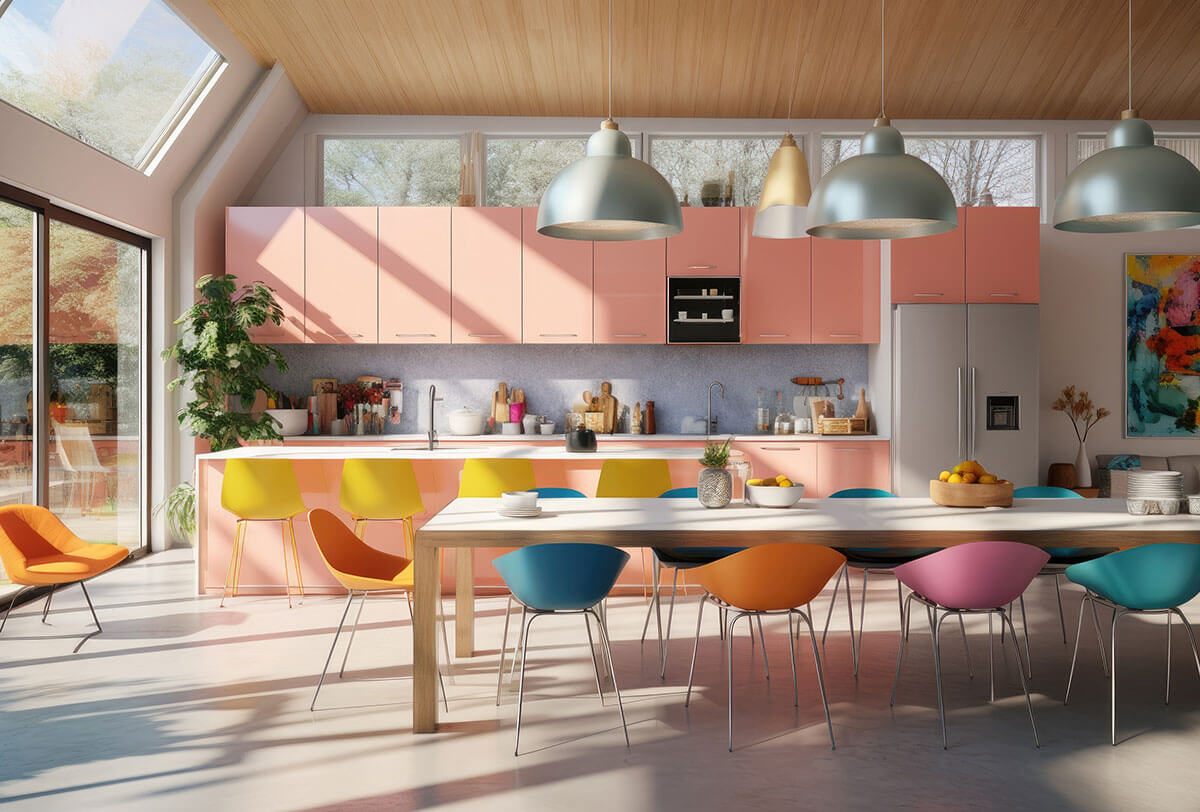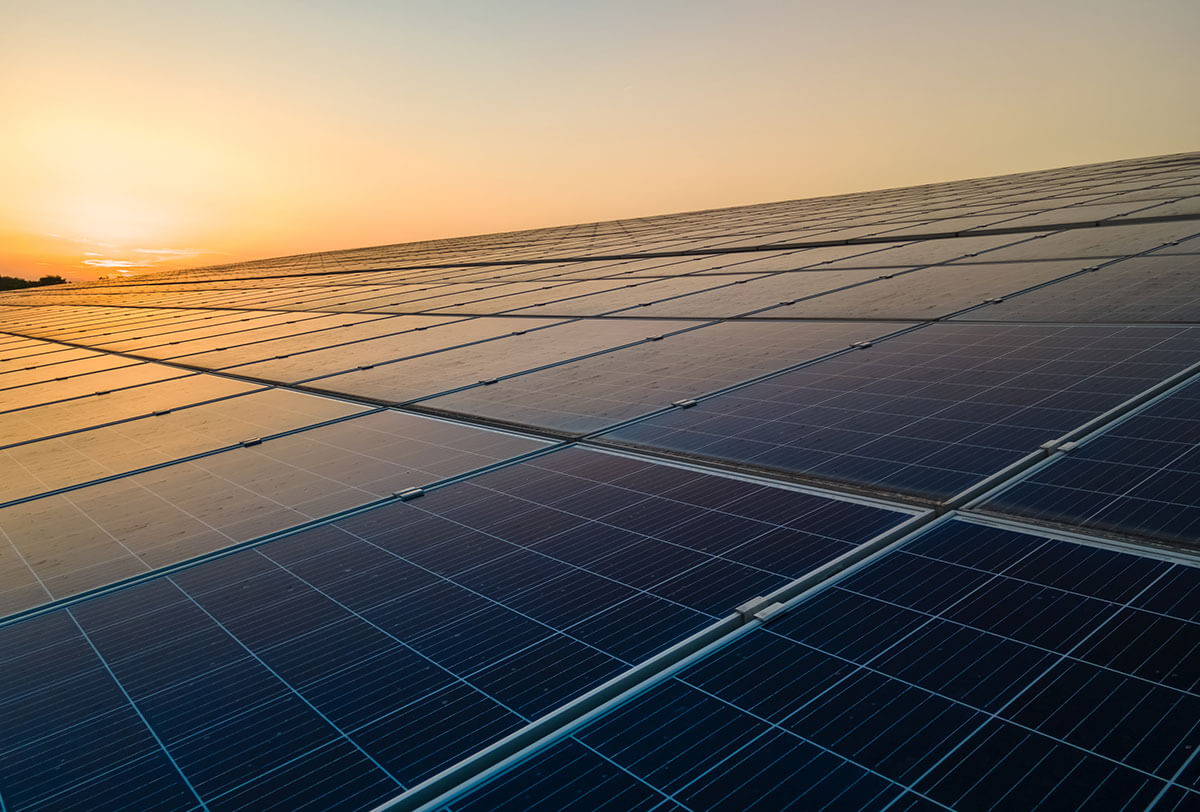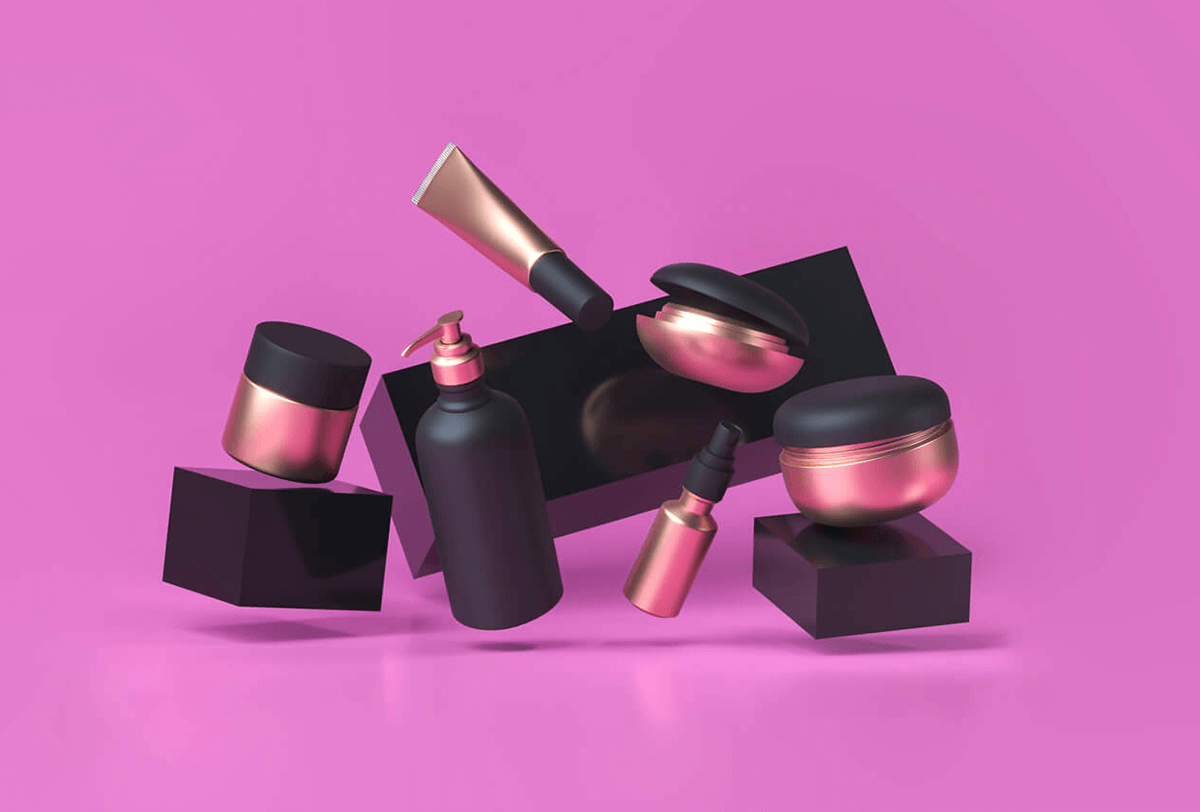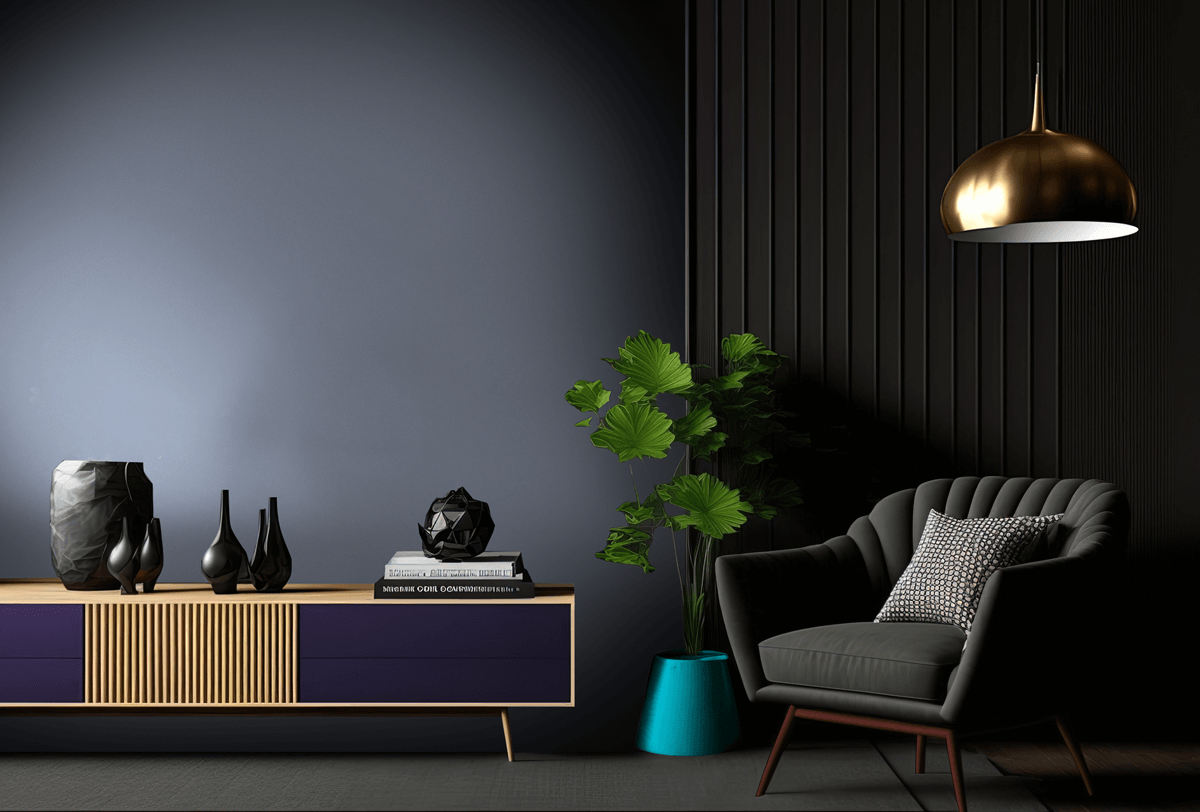Rennerplast coatings are innovative products for the protection and decoration of PVC. Polyvinyl chloride is a widely used material for the creation of objects such as windows, roller shutters, verandas, doors, shutters, claddings, fences and indoor dividing barriers. Coating PVC with Rennerplast means ensuring design and resistance thanks to water-based products with low VOC emissions. Created in Renner laboratories, PVC coatings resist to degrading atmospheric agents up to 15 years, guaranteeing high aesthetical performances.
Durability. Coating PVC with Rennerplast means protecting objects from atmospheric agents and pollution
Design. There are no limits to imagination with water-based products for PVC: green light to endless colours and special effects thanks to Color System tinting system
Speed. Application in one coat, fast drying and excellent adhesion ensure more efficiency during production of PVC objects
Sustainability. Rennerplast coatings, like all the other water-based products of Renner Italia, boast low VOC emissions and do not contain harmful substances to man and nature

Aesthetically advanced coatings for the protection of PVC of Renner Italia comply with the following certifications: AAMA 615-17, Qualité Batiment QB 33 and Quality Assurance RAL-GZ 716. Rennerplast coatings go beyond the traditional covering system of PVC by foil, with which there were lots of problems.
These water-based products allow:
- a lighter warehouse
- small production batches
- even covering of all the surface
- ultra-fast corrections
- lower average costs
Rennerplast hi-tech solutions boast excellent elasticity, super adhesion and resistance to mechanical and chemical stress. Let’s see in detail how PVC coatings of Renner Italia react to the most common stress-tests.
HIGH RESISTANCE TO IMPACTS
The test analyses the resistance to strikes and the elasticity level of Rennerplast coating, that covers the door/window. The profile at issue is hit by a metallic sphere with a force of 20 Newton from different heights. Despite the strong impact, the coating doesn’t show cracks and doesn’t peel off.
COOL COLOURS
Rennerplast coatings create a shield against IR radiation. Normally this radiation, if in contact with a PVC door/window, causes an excessive heating up of the surface and a consequent deformation of the door/window. Comparing two PVC plates, one coated with traditional pigments, the other with cold pigments of Rennerplast hi-tech formulas, we notice a higher refraction of IR radiation by the second plate. They reduce the PVC surface temperature from 10 to 20°C. As a consequence, the shape of the door/window will be unaffected.

CROSS-CUT RESISTANCE
Cross-cut test is one of the most feared tests ever. It consists in cutting a right-angle lattice pattern at 1 mm distance on the surface by means of a knife and in the application and removal of a certified tape, in order to test the coating adhesion also on the most critical parts, such as edges. Rennerplast coating, applied on a PVC profile, doesn’t show detaching, passing this test with A mark.
RESISTANCE TO SCRATCHES
The test of resistance to scratches is carried out by a particular tool. Erichsen 435 S has a special tip, like a sharp fingernail, that simulates a scratch with a force of 20 Newton. The door/window coated with Renner Italia PVC coatings, despite the application of this force, doesn’t show detaching, proving the perfect adhesion on the surface.
RESISTANCE TO BENDING
The test considers the high elasticity of Rennerplast coating applied on a PVC plate. After a manual bending, the water-based coating, created in Renner Italia laboratories, has no cracks or gloss/colour variation, proving its excellent flexibility and its extraordinary adhesion on the surface.
RESISTANCE TO BENDING – GLYCERIN BATH
This test is the evolution of the previous: after the bending by means of pliers, a PVC plate is exposed to a strong thermal shock. At first it is dipped for 10 minutes in glycerin bath at 120°C. Then, in cold water. Despite the very high thermal shock and the deformation, Rennerplast coating shows no cracks, loss in colour and gloss, staining and doesn’t peel off.

HIGH RESISTANCE TO THERMO-OXIDATION
Thermo-oxidation is one of the biggest enemies of PVC doors and windows. It is a degrading process caused by the combined action of heat and oxygen. Considering the fact that doors and windows are exposed to these agents for years, it is recommended to create a strong protective barrier. To recreate the natural thermo-oxidation process, two white PVC profiles, one coated with white Rennerplast coatings, are put inside an oven at 100°C for 100 hours. At the end of this operation, the coated profile doesn’t show colour variation, whilst the uncoated one is pinkish. From this reaction to thermo-oxidation it derives the other name of this test, i.e. pinking test.
HIGH UV RESISTANCE
UV degradation is among the degrading agents that can damage a PVC door/window. UV radiation is damaging because it breaks the polymer of the coating product which consequently changes its colour. To test the resistance of Rennerplast coatings, we recreated the same situation. Two white PVC profiles, one coated with white Rennerplast coatings, pass under a UV tunnel. At the end of this operation, the coated profile doesn’t show variation, whilst the uncoated turned yellow. The result proves that PVC water-based products resist also to the degrading action of UV radiation. Without these coatings, doors and windows will be damaged shortly after.
SELF-HEALING PROPERTIES
Not all the coatings have self-healing properties. This test wants to prove how it is easy and fast to restore the scratched surface of a PVC profile, if coated with Rennerplast. Scratching a PVC profile, it is possible to eliminate scratches following this procedure: application of a wet cloth and ironing for 20 seconds. Thanks to the elasticity of Renner Italia products for PVC, it will be no more necessary to apply a new coat of coating to cover the defects of doors and windows.
